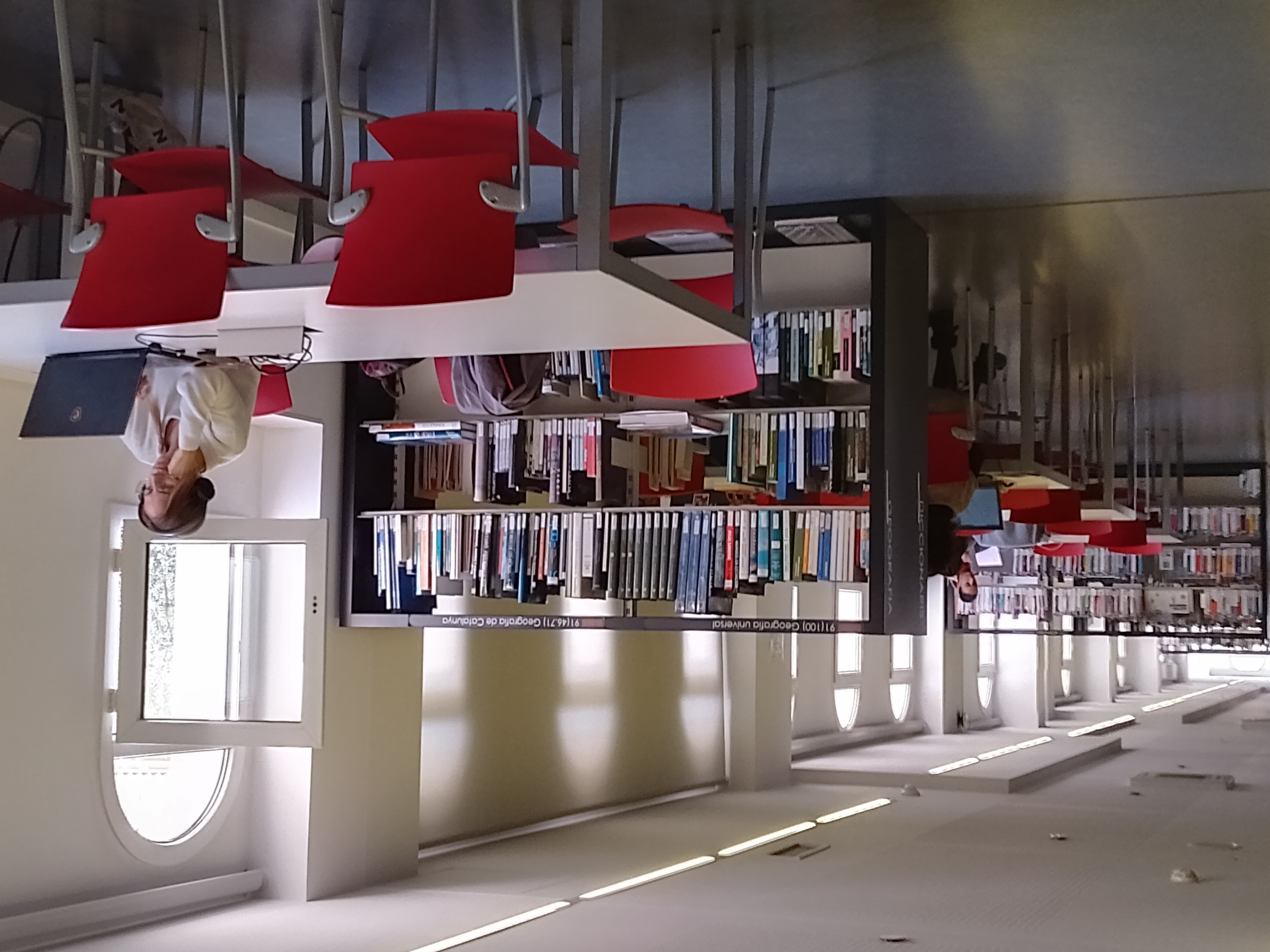A time of discoveries, from Tintin to MAD Magazine
The recent death of Al Jaffee at 102 years of age (who retired at 100, after a record-breaking 73-year long career) brought back to my mind the time I read old and new numbers of Mad magazine at the Library of the ICBNA, or Brazilian-North American Cultural Institute.
I’m a great fan of public libraries and have been frequenting them since as long as I can remember. The first one that comes to my mind is the Biblioteca Lucília Minssen, in Brazil, which I visited every day during middle school. My mom worked at the office of the Argentine Consulate one floor above, so after I left school I went there and waited a couple of hours for her work to finish. It was there that I discovered and read (and then reread multiple times) the Adventures of Tintin, by Hergé, as well as Asterix and Obelix by Uderzo and Goscinny, Mortadelo y Filemón, by F. Ibañez, and several books of fairy tales — they had a nice illustrated collection of international fairy tales: Russian Fairy Tales, Chinese Fairy Tales, European Fairy Tales, etc.
The ICBNA Library came into my life a bit later, perhaps when I was already in high school, or in the last years of middle school. I studied English in the same institute, so whenever I arrived too early or I was just downtown and had time to kill, I went there. It was there that I discovered Mad magazine: they had both the original American magazine in English and a Brazilian edition that was published in translation, with a few local authors added. Al Jaffee, with his Fold-ins and Snappy Answers to Stupid Questions, was one of my favourites, but also Don Martin, Sergio Aragonés, Dave Berg, and Antonio Prohías (Spy vs Spy). Since it was a magazine from New York, most of the creators and editors were of course Jewish, although Aragonés was Spanish, and Prhohías, Cuban. It was a fine magazine in its heyday.
It was also at the ICBNA that I borrowed books by Agatha Christie, Conan Doyle, Carl Sagan, Isaac Asimov and everything else that I enjoyed reading at that time (as you can see, mostly detective stories and science fiction, but also a few scientific books).
I’ve been a frequent customer of public libraries in Brazil, Argentina, Canada, U.S., Germany, Sweden and any other place where I lived, even if for a short time. The only country where I used public libraries a bit less was during my time in the United States, and that’s because, unfortunately, public libraries in the U.S. have for years doubled down as homeless shelters as well. Homeless vagrants hang around both inside and outside all of American public libraries. Few of those occasionally dirty and smelly citizens read or borrow books, but many of them use the libraries’ bathrooms to relieve themselves, or to inject or smoke drugs, and the public computers to watch pornography, which ends up being a bit of a nuisance now and then. Even if you think that homeless people should be assisted, as I do, public libraries are hardly the best place for that.
It seems to be a uniquely American phenomenon. Montreal has a fine public library, and has also its fair share of drug-addict homeless people panhandling on the streets, but they remain politely outside (or maybe the Canadians have a more strict security). I’ve never seen this happening in any European town. It might be related to the First Amendment — I remember that once (this was at a university library) a student complained at the front desk about a homeless man that was watching pornography next to young women, but the librarian told her that there was nothing she could do. According to the law, everyone should have free access to information — or, in that case, “information” of a very specific sort.
Public libraries have changed a bit in the last decades, in some ways for the better, in others, for the worse. The main change is that, in keeping with the times, they have become not just book depositaries but full multimedia centres, offering not just books but also music, videos, video games, board games, Internet, a playground for children, a cafe, etc. They have huge screens all over the place and also their architecture has changed to reflect this different role. This is not too bad, I suppose, but you lost a bit of the silence and tranquility that you seemed to have before. It used to be that in libraries you had to keep quiet and reverent, like in churches or hospitals. Now noise and constant chatter are more common (and I am not sure about hospitals and churches either).
But their main problem appears to be their active participation in the current culture wars. From Black Live Matters to Refugees Welcome to Drag Queen Story Hour, there is not a single modern movement that has not found its way to public libraries, sometimes in a very in-your-face way. (But, then again, this seems to be more an American phenomenon than a general one, although it’s being exported.)
You may ask: well, wasn’t Mad magazine also part of the same culture war, criticizing traditions and trying to bring down institutions? Well, I suppose so, but in a much milder way, and they were not beyond satirizing counter-culture movements either. Bear in mind that the magazine, which folded in 2018, was created back in 1952, during a much different zeitgeist. But, in general, it wasn’t an overtly political magazine, and, considering all that came after, it was pretty harmless.
Anyway, now I have added to my collection of library cards one of Biblioteques de Barcelona, even though I won’t be here for very long.


I couldn’t resist listening to the origins of Snappy Answers to Stupid Questions. Hilarious.
I was lucky. As un undergraduate, I worked in the “stacks” of the University of Illinois library [which I was told was the third largest in the U.S. but never checked or though important]. My job was to “shelve read” or make sure the books were in their correct order. Fortuantely, I was good at it, so could do my 2 hours quota in one, which left an hour to root through any items I wished. Every Nazi publication, every French one, EVERYTHING was there. I knew what had been going on in Viet Nam before the newspapers did. Well, that’s enough now, but you can imagine what else was available!